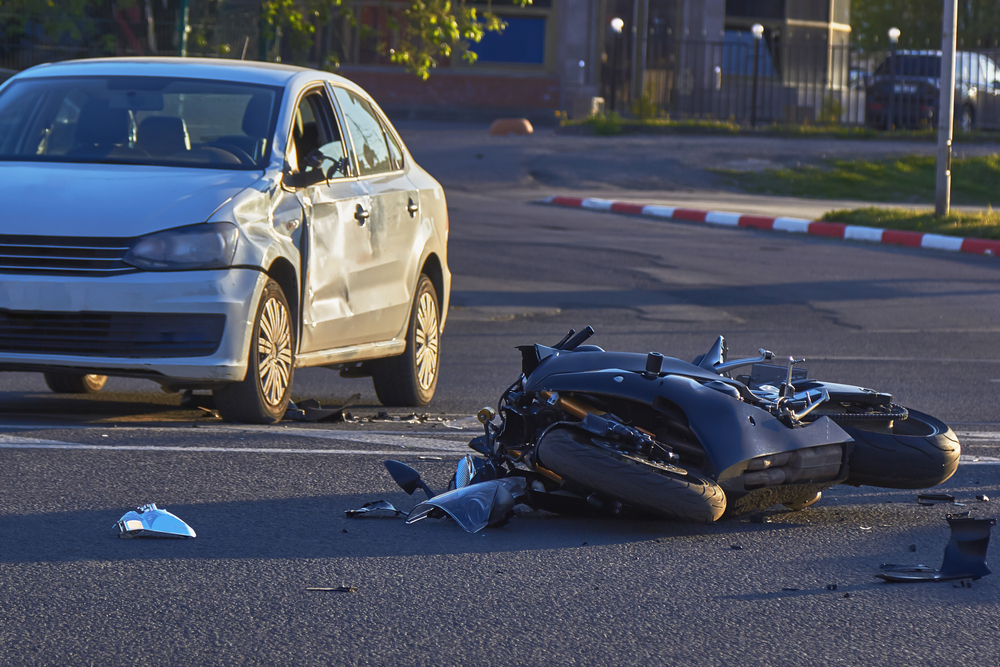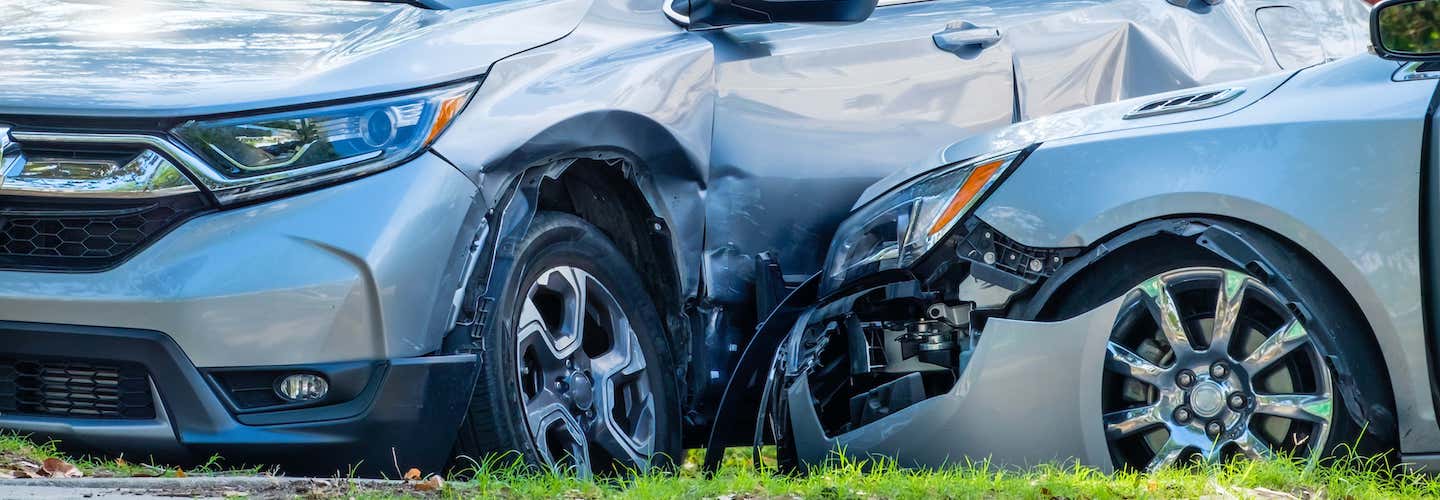From open interstates to bustling downtown areas, drivers frequently share the road with other types of traffic, including foot traffic. Unfortunately, motorists are often so focused on other auto drivers that they fail to notice smaller vehicles or pedestrians.
In some cases, a collision may occur even if the driver was looking in the right direction and the potential hazard was clearly visible. Researchers often call this type of collision a “looked-but-failed-to-see” crash.
Recent studies suggest that a major contributor to LBFTS collisions is a psychological phenomenon called inattentional blindness.
What is inattentional blindness?
Because the human brain can only process so much sensory information at one time, it filters out many visual data before an individual becomes conscious of it. Research has found that the brain often prioritizes familiar or expected visual cues and disregards objects that it does not anticipate.
How can inattentional blindness impact drivers?
A recent study by Australian researchers demonstrates how inattentional blindness may prevent drivers from noticing potential traffic risks.
Participants examined a series of driver’s-view photographs and identified examples of unsafe driving environments. Researchers altered the last image to include an unexpected vehicle: either a taxi or a motorcycle. Of the 56 study members, 65% did not notice the motorcycle, 31% did not notice the taxi and 48% failed to notice any new object in the photograph.
How can drivers minimize the risk of an inattentional mistake?
When operating a motor vehicle, it is important to expect the unexpected, especially when turning, changing lanes or passing through an intersection. Avoid distractions when behind the wheel, and get in the habit of specifically looking out for pedestrians, bikes and motorcycles.
By being aware of intentional blindness and taking precautions, drivers can better avoid a potentially deadly but easily preventable collision.













